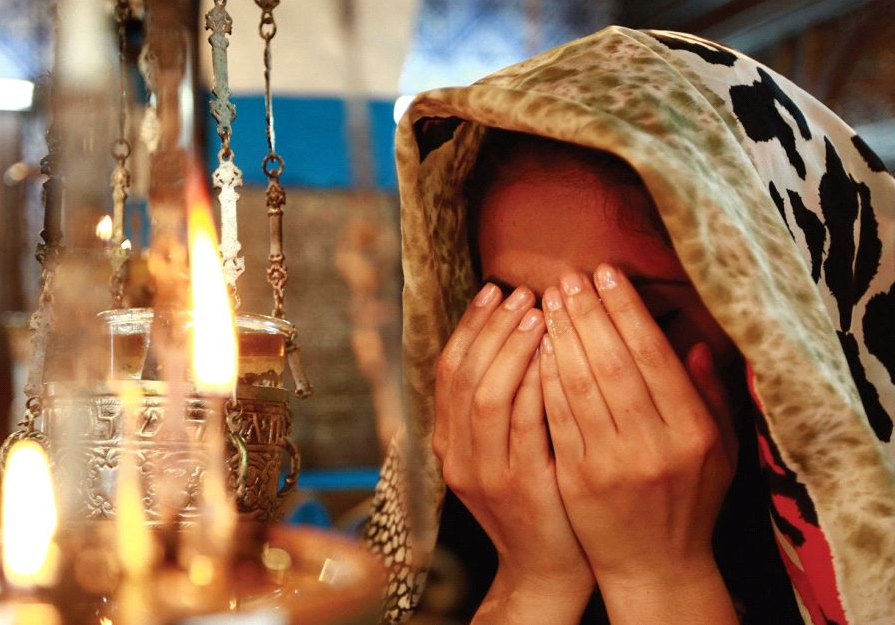
IT TELLS the story of how, in the years 1841-2016, early Anglo/German Jewish settlers, impecunious Yiddish-speaking Litvaks, refugees from Nazi Germany and the dispossessed Sephardim of Rhodes Island in the southern Mediterranean came together and shaped a shared identity – the South African Jew.’. (photo credit:REUTERS)
While the first Jew is thought to have set foot in South Africa as far back as 1669, during the early years of Dutch rule at the Cape, it was only on the eve of Yom Kippur in 1841 that 17 Jewish citizens of Cape Town came together in a private home to form the country’s first ever communal prayer service. This humble gathering marked the formal birth of South African Jewry as an organized community. Accordingly, in 2016, a range of events took place to commemorate and celebrate 175 years of Jewish life in the country. One of the main initiatives to mark the 175-year milestone was an exhibition, entitled The Goldene Medina – Celebrating 175 years of Jewish Life in South Africa and curated by and initially mounted at the South African Jewish Museum in Cape Town. The exhibition has just begun a six-week run in Johannesburg, with Executive Mayor Herman Mashaba speaking at last week’s official launch at the Johannesburg Holocaust & Genocide Centre.
The Goldene Medina was a striking success with Cape Town Jewry, and seems likely to repeat that success in Johannesburg and wherever else it is shown. For this the curators deserve much credit.It would have been easy to trot out the usual list of major events, developments and personalities.
These would have included immigration statistics, individuals who were especially successful in their chosen fields (particularly in the economic sphere) and the establishment of all the main communal institutions. It would have also included the standard “Jewish contribution to...” narrative that has generally been adopted in presenting the community’s history.
Instead, they set out to create a grass-roots portrait of the community, providing insights into the day-to-day lives of generations of ordinary South African Jews. Community members were invited to send through their own personal stories, memories and family traditions, which were then arranged under easily identifiable topics: family, religious practices, weddings, bar mitzva lessons, youth camps, education, weddings, that the Jewish person in the street can readily relate to. Extensive use was also made of published memoirs and contemporary newspaper reports.
While the story of Jews throughout the Diaspora is one of immigration, the unique circumstances of South Africa gave rise to a unique Jewish experience, and the stories are poignant, capturing the moment at the time.
An example is the following anecdote, entitled “The Lunch Ritual”: “Each morning when she returned from the shops, Granny would prepare a hot midday meal ‘full of goodness’ – either a stew, or braised chicken or meat with vegetables.
Granny only cooked lunch for two people – herself and Lizzie, her domestic help – and at precisely 12:30 a.m., she would see that Lizzie was seated at the kitchen table so that Granny could serve it to her. Having arrived as a poor immigrant, I don’t think she ever got over the guilt of having domestic help.”
Gavin Morris, director of the SA Jewish Museum, believes that through these combined experiences of traveling to South Africa (there are marvelous descriptions of sea-sickness, dusty wagon journeys into the bush and arriving to start a new life in “towns” that were in reality a bare scattering of crude dwellings), a common South African Jewish identity was formed.
And so, through a curated collection of anecdotes, images, artifacts and films, the exhibition creates a tapestry of the communal experiences over the course of 175 years.
It tells the story of how, in the years 1841-2016, early Anglo/ German Jewish settlers, impecunious Yiddish-speaking Litvaks, refugees from Nazi Germany and the dispossessed Sephardim of Rhodes Island in the southern Mediterranean came together and shaped a shared identity – the South African Jew.
Morris was also adamant that the stories be anonymous.
“The reason we did this was to avoid faribels!” Yet, on the Johannesburg opening night, one observed with amusement visitors playing the recognition game, such as working out by process of elimination who had written one of the tales concerning a remote area in the platteland (country areas). And that is the joy of the exhibition. At each turn, it jogs the memory, evokes nostalgia and provides many a chuckle. It is people’s history at its best – lively, pungent, immediate and authentic.
Like any other Jewish community, South African Jewry is heterogeneous. Within its ranks, you will find multiple opinions and approaches to the issues of the day, ranging from religion through to Israel, social justice and the mission of the Jew in society in general. That being said, it remains a tight-knit community, characterized by high levels of Jewish identification and with an enviable communal infrastructure providing the full range of proverbial “womb to tomb” services for its members. It has also played, and continues to play, a remarkably disproportionate role in the development of the country, something acknowledged by Herman Mashaba at last week’s opening. “Bring in another 80,000 Jews,” the mayor said, “and bring them to Joburg!” Jews in other parts of the Diaspora could do a lot worse than take him up on that invitation.
